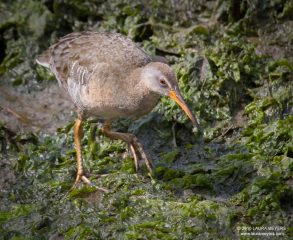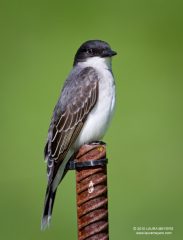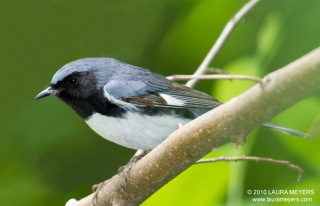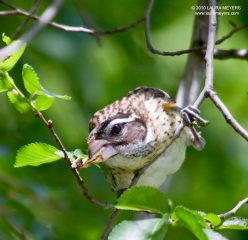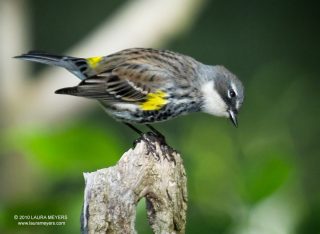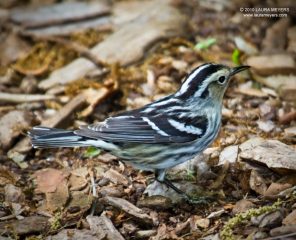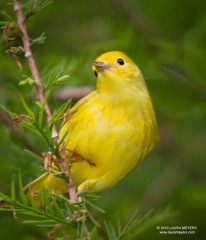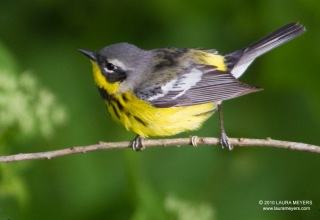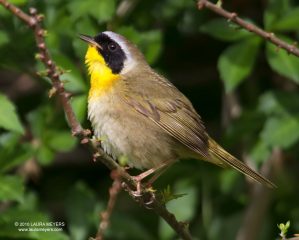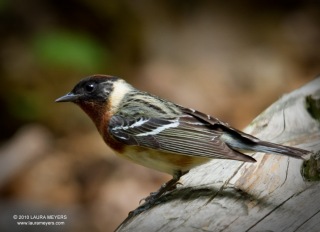The picture of this Clapper Rail was taken at the Oceanside Nature Center. I took this picture while on a wonderful digital camera workshop with the New York City Audubon Camera Club led by David Speiser to the Oceanside Nature Center.
We had a perfect photo weather day with a bright overcast sky pretty much all morning. I have taken quite a few workshops with David Speiser through the New York City Audubon Club and always learn so much about photo technique and practice. For me there is no substitute for working in the field with a good professional photographer so that he can see what I need to improve and offer appropriate suggestions.
